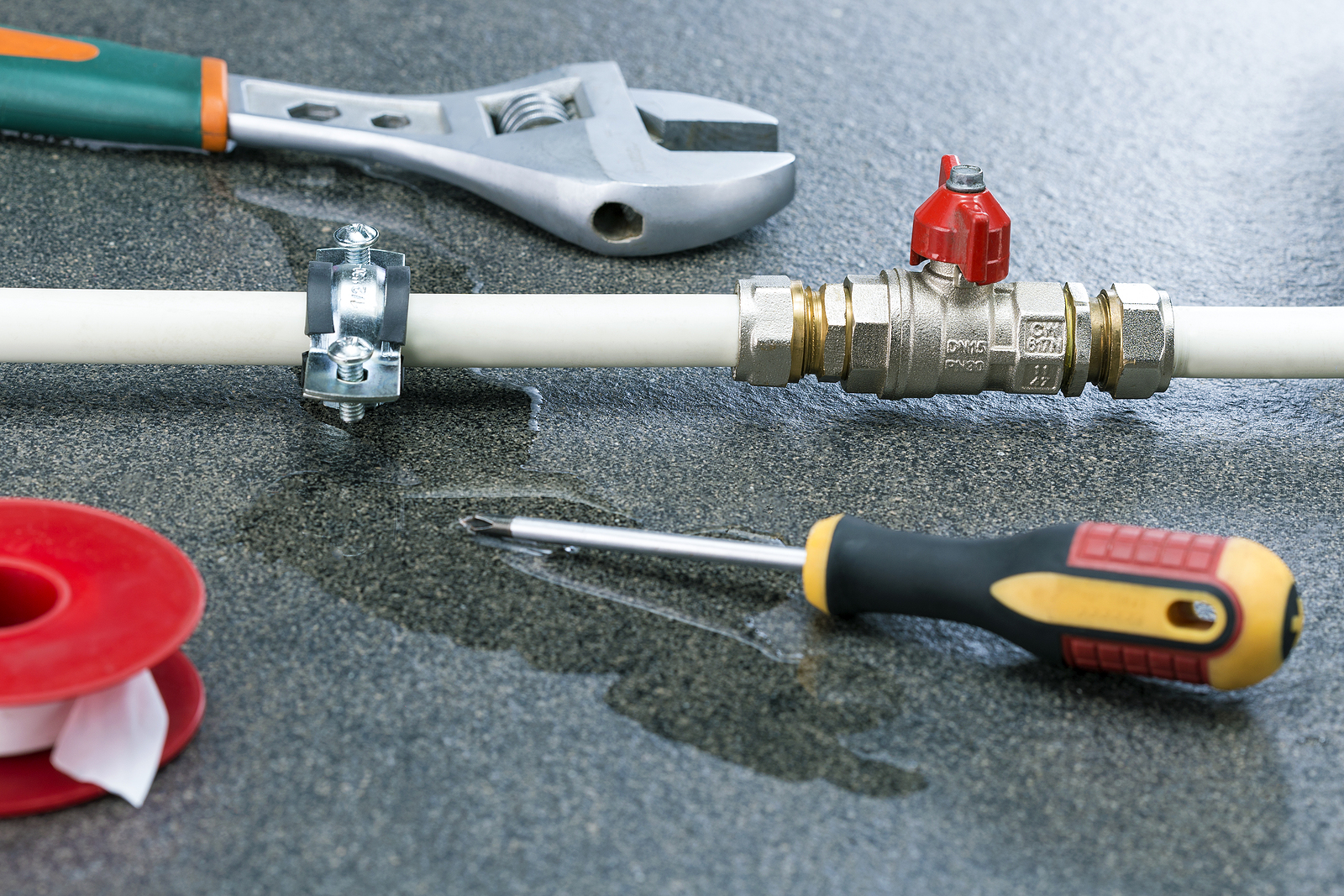6 Ways to Detect Covert Water Line Leaks Effectively
6 Ways to Detect Covert Water Line Leaks Effectively
Blog Article
On this page below you will find a good deal of really good facts regarding Top leak detection hacks.

Early discovery of leaking water lines can reduce a prospective calamity. Some little water leaks might not be noticeable.
1. Check Out the Water Meter
Checking it is a proven method that aids you find leaks. If it moves, that suggests a fast-moving leak. This means you may have a slow leak that could even be underground.
2. Check Water Consumption
Assess your water expenses as well as track your water usage. As the one paying it, you should observe if there are any type of disparities. If you identify sudden changes, in spite of your intake being the same, it means that you have leakages in your plumbing system. Keep in mind, your water costs need to fall under the same array each month. An abrupt spike in your expense suggests a fast-moving leakage.
A constant increase every month, also with the exact same routines, reveals you have a slow leak that's also slowly intensifying. Call a plumber to extensively inspect your building, especially if you feel a cozy location on your flooring with piping beneath.
3. Do a Food Coloring Test
When it comes to water usage, 30% comes from commodes. If the color somehow infiltrates your dish throughout that time without flushing, there's a leakage in between the tank as well as dish.
4. Asses Outside Lines
Don't neglect to check your outside water lines also. Should water seep out of the connection, you have a loose rubber gasket. One tiny leakage can squander bunches of water and spike your water expense.
5. Check and also Assess the Situation
Property owners ought to make it a routine to inspect under the sink counters and also also inside cupboards for any bad odor or mold development. These two red flags indicate a leakage so timely interest is required. Doing routine inspections, also bi-annually, can conserve you from a significant issue.
If you recognize your house is already old, keep a careful eye on your heaters, pipes, pipelines and so on. Look for discolorations as well as compromising as many appliances and also pipes have a life span. They will also naturally deteriorate as a result of deterioration. If you suspect dripping water lines in your plumbing system, don't wait for it to intensify. Call a specialist plumber today so you do not end up with a terrible mess in your house.
Early detection of leaking water lines can mitigate a prospective disaster. Some small water leaks might not be noticeable. Inspecting it is a guaranteed means that helps you find leaks. One small leakage can squander bunches of water and increase your water costs.
If you think dripping water lines in your plumbing system, don't wait for it to intensify.
WARNING SIGNS OF WATER LEAKAGE BEHIND THE WALL
PERSISTENT MUSTY ODORS
As water slowly drips from a leaky pipe inside the wall, flooring and sheetrock stay damp and develop an odor similar to wet cardboard. It generates a musty smell that can help you find hidden leaks.
MOLD IN UNUSUAL AREAS
Mold usually grows in wet areas like kitchens, baths and laundry rooms. If you spot the stuff on walls or baseboards in other rooms of the house, it’s a good indicator of undetected water leaks.
STAINS THAT GROW
When mold thrives around a leaky pipe, it sometimes takes hold on the inside surface of the affected wall. A growing stain on otherwise clean sheetrock is often your sign of a hidden plumbing problem.
PEELING OR BUBBLING WALLPAPER / PAINT
This clue is easy to miss in rooms that don’t get much use. When you see wallpaper separating along seams or paint bubbling or flaking off the wall, blame sheetrock that stays wet because of an undetected leak.
BUCKLED CEILINGS AND STAINED FLOORS
If ceilings or floors in bathrooms, kitchens or laundry areas develop structural problems, don’t rule out constant damp inside the walls. Wet sheetrock can affect adjacent framing, flooring and ceilings.
https://www.servicemasterbyzaba.com/blog/how-to-detect-water-leakage-in-walls/
.jpg)
As a fervent reader on Finding hidden leaks, I imagined sharing that excerpt was appropriate. Please take a moment to promote this content if you enjoyed it. I value reading our article about Finding hidden leaks.
Pipe burst? Phone now! Report this page